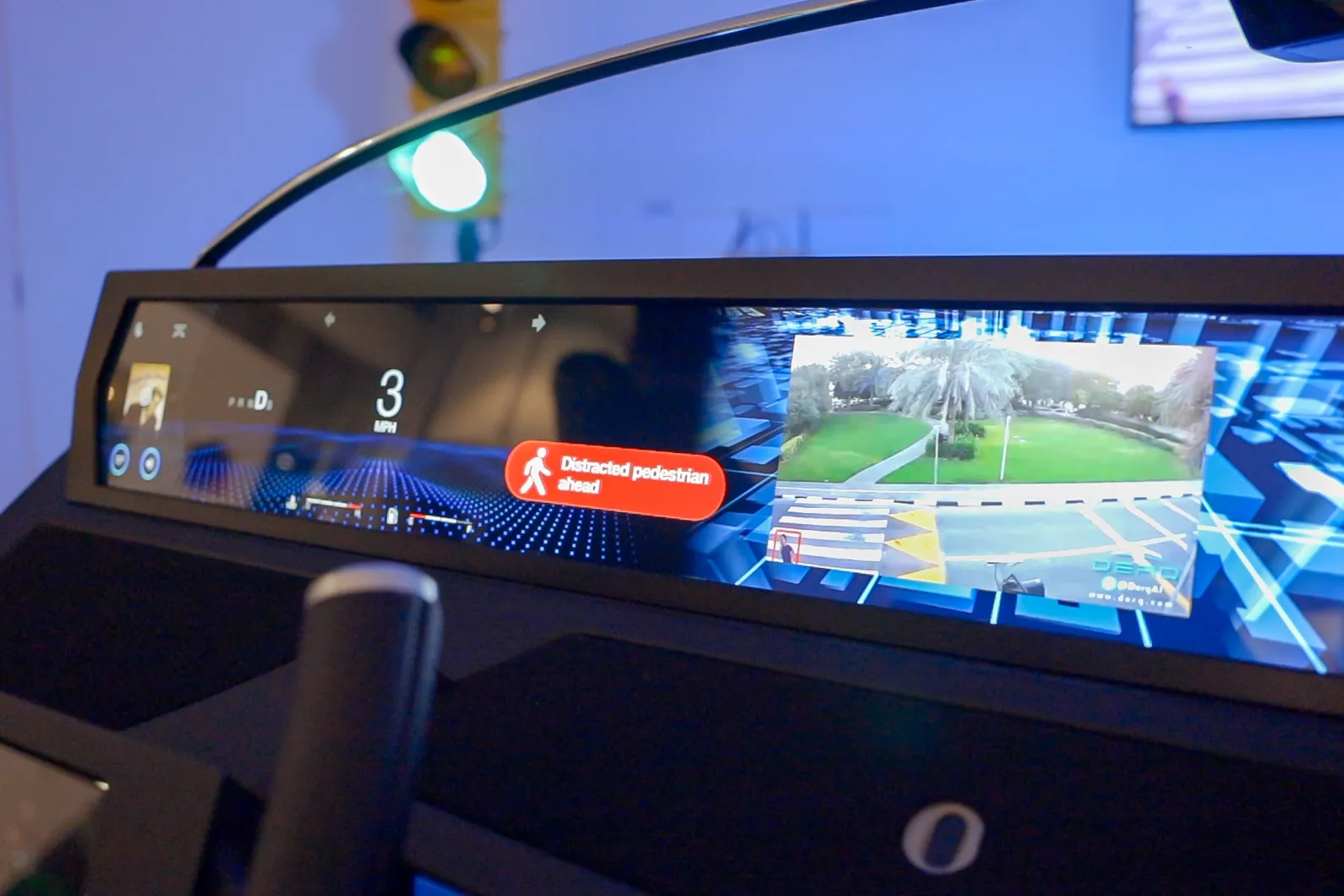The partnership supports the Federal Highways Administration’s Smarter Work Zone campaign to reduce traffic congestion and improve safety in workzones using ITS solutions.
Research suggests there were 799 workzone-related fatalities in the US in 2017 – a 4.5% rise from the previous three-year average of 764.
Linday says its Road Zipper moveable barrier system is designed to increase capacity and reduce congestion by making more efficient use of new or existing roadways. By using Iteris’ iPeMS, an analytics and visualisation platform, users can identify areas prone to recurring congestion and potential workzone safety risks, the company adds.
According to Lindsay, the Zipper can then be deployed in these areas to improve traffic flow, and help safeguard work crews and motorists by separating work areas and traffic.
Scott Marion, president of infrastructure at Lindsay, says: “By proactively identifying congestion issues, our customers will be able to address these concerns efficiently, and with a focus on ultimately mitigating the rising number of workzone-related fatalities.”
Lindsay and Iteris to create smart workzones on US roads
Lindsay, a manufacturer of infrastructure equipment, has partnered with Iteris to create smart workzones on roads across the US.
The partnership supports the Federal Highways Administration’s Smarter Work Zone campaign to reduce traffic congestion and improve safety in workzones using ITS solutions.
Research suggests there were 799 workzone-related fatalities in the US in 2017 – a 4.5% rise from the previous three-year average of 764.
Linday says its Road Zipper moveable barrier system is designe
April 5, 2019
Read time: 2 mins










